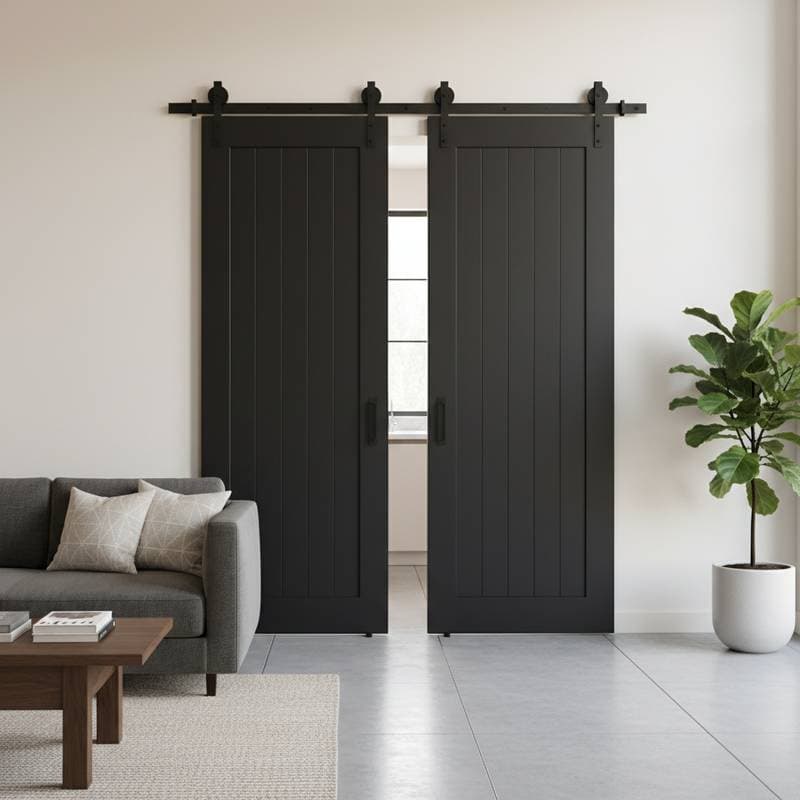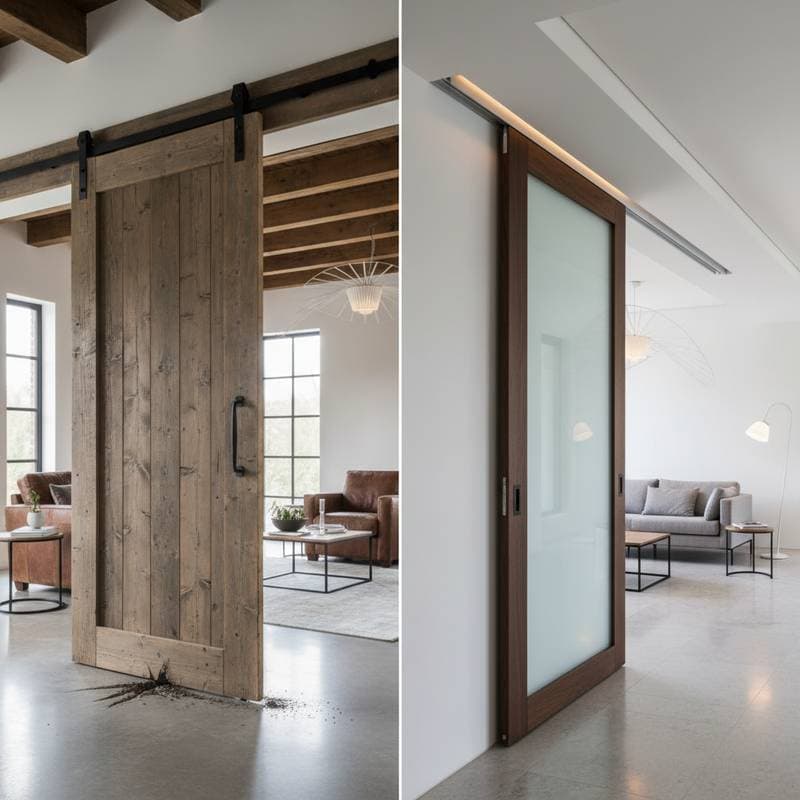Why Casement Windows Outsell Double-Hung Windows 3:1 in 2025
Homeowners increasingly evaluate window options based on performance, comfort, and design adaptability. Casement windows emerge as the top selection, surpassing double-hung models significantly. This preference stems from their emphasis on efficiency, ease of use, and architectural integration that suits diverse home styles. Beyond aesthetics, these windows elevate everyday comfort and boost property value over time.
Key Differences Between Casement and Double-Hung Windows
Casement windows hinge on one side and swing outward via a crank. When closed, they present a seamless glass pane that maximizes views and minimizes air leaks. Double-hung windows feature two vertically sliding sashes for top or bottom ventilation. While both types offer benefits, variations in mechanism, sealing, and upkeep account for casement windows' growing dominance.
Casement windows operate similarly to doors embedded in walls. They achieve a tight seal upon closing, nearly eliminating drafts. Double-hung windows depend on weatherstripping and balance mechanisms that degrade with use. These distinctions influence long-term comfort, energy use, and repair expenses.
Superior Energy Efficiency of Casement Windows
Energy conservation ranks high among reasons for selecting casement windows. The closing sash compresses against the frame, forming a robust seal that blocks air infiltration. This feature proves particularly effective in regions with strong winds or fluctuating weather, where stable indoor temperatures matter most. Consequently, heating and cooling systems operate with reduced effort, yielding substantial utility savings.
In contrast, double-hung windows employ sliding rails that permit minor gaps between sashes. Premium versions still encounter greater airflow due to inherent design. Accumulated dirt and wear further compromise their seals over time. Casement windows sidestep these challenges through a unified locking plane and powered closure system.
Design Versatility and Lifestyle Integration
Casement windows align with numerous architectural profiles. Their streamlined profiles and full glass exposure foster a luminous, expansive atmosphere in both contemporary and classic settings. Install them in pairs for balanced visuals or singly in compact spaces. The complete opening capability promotes thorough air exchange and humidity management indoors.
For practical application, the crank handle delivers effortless control, ideal for elevated or confined areas such as kitchens and bathrooms. Double-hung windows demand physical lifting of sashes, which poses challenges in restricted locations or for those with mobility limitations. Such operational simplicity frequently tips the scale toward casement windows for households emphasizing convenience.
Initial Costs Versus Long-Term Benefits
Casement windows typically involve a modest premium over double-hung equivalents, yet their advantages in efficiency and longevity recoup this expense. The straightforward mechanics limit components prone to failure. Durable hardware, often crafted from stainless steel or advanced composites, endures for decades with basic care.
| Window Type | Initial Cost | Lifespan | Maintenance Needs | Ideal Applications |
|---|---|---|---|---|
| Casement | Moderate to High | Long | Periodic lubrication and cleaning | Energy savings, ventilation, modern aesthetics |
| Double-Hung | Moderate | Medium | Frequent track and balance checks | Classic styles, straightforward swaps |
This comparison underscores that true value extends beyond upfront spending. Reduced upkeep and optimized energy management render casement windows economically superior across their service life.
Installation Procedures for Optimal Performance
Installing casement windows demands precise sealing and alignment to maximize benefits. The process unfolds in these stages:
- Site Assessment: Measure openings accurately, inspect structural support, and evaluate surrounding walls.
- Site Preparation: Strip away existing trim and insulation, ensure frame levelness, and verify hinge-side clearance.
- Core Installation: Position the window, fasten securely, and apply insulating foam or sealant to voids.
- Function Testing: Operate the crank fully, check for even closure, and inspect perimeter seals.
- Finishing Touches: Install trim, apply caulk, and clear drainage channels.
These procedures mirror those for double-hung windows, though casement units necessitate exact hinge positioning and latch tension. Skilled professionals guarantee uniform closure and sustained airtightness.
Ongoing Maintenance Practices
Casement windows require minimal upkeep. Access both glass surfaces easily from inside when the sash opens for cleaning. Lubricate the crank periodically and clear debris from seals. Double-hung models demand regular track sweeping, balance recalibration, and lock servicing to prevent dust buildup or misalignment.
Routine care sustains performance in either type, but casement designs retain efficiency longer with less intervention. Enclosed hardware shields against environmental damage like moisture and rust.
Performance in Varied Climates
Casement windows excel in coastal or high-wind zones. Their secure seals repel drafts and repel storm-driven moisture. Full-opening functionality enables rapid ventilation in humid environments without security risks. Integrated low-emissivity glass coatings deflect heat while admitting light, supporting balanced indoor climates.
Double-hung windows suffice in temperate areas with basic airflow requirements. They integrate seamlessly with heritage shutters and moldings in preserved districts. Nevertheless, for those prioritizing energy metrics and livability, casement options provide quantifiable superiorities.
Factors to Guide Your Selection
The choice between casement and double-hung windows hinges on personal needs. Opt for casement if airtightness, comprehensive ventilation, and sleek visuals align with your goals. Double-hung suits preferences for timeless appearance and uncomplicated part replacements.
Weigh these elements carefully:
- Energy Objectives: Casement seals outperform for thermal regulation.
- Operational Convenience: Crank systems accommodate challenging placements and accessibility demands.
- Visual Harmony: Casement enhances fluid, up-to-date interiors.
- Financial Planning: Elevated starting costs yield savings through durability.
- Upkeep Tolerance: Simplified components extend reliable operation.
Steps to Achieve Lasting Window Performance
To secure optimal results, consult certified installers familiar with casement specifications. Select models certified for energy standards and matched to your climate. Regular inspections prevent minor issues from escalating, ensuring your investment enhances home efficiency and appeal for years ahead.






